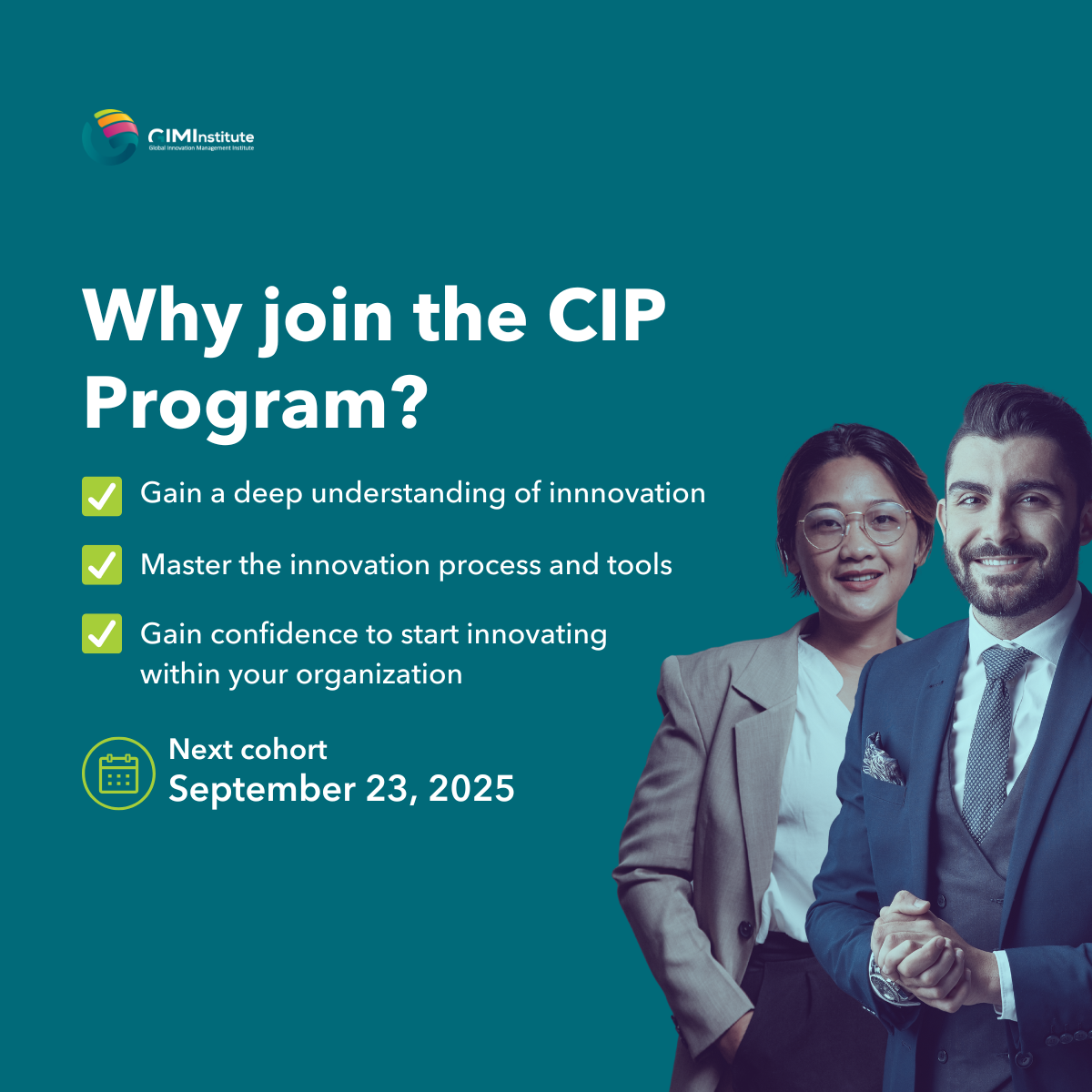What Is Not Working Well: The Main Barriers To Innovation
The Road To Innovation In The Middle East. Part 2
By: Carlos Guevara and Dr. Hitendra Patel, with special collaboration of Dr. Saeed Al Dhaheri, Sudarshan Chakravarthi, Lisa Nyman, and Anthony Denatale
Many organisations in the Middle East region understand the importance and have started the journey of innovation. We have seen organisations seriously invest in the first two stages of innovation process, Setup and Diverge; however, most do not get past the space of ‘idea box’, Post-Its, and PowerPoint. Here we present the main barriers preventing innovation that ultimately impede ideas to reach the market, as reported by our clients:
The Quest For The ‘Next Big Thing’
Managing the suggestion box is one of the most common challenges we observe among our clients, as organisations try to get the most out of their employees’ ideas. The problem is that ideas without direction are like a chicken without a head. A suggestion box without a focus and lacking strategic priorities can indistinctively produce ideas that aim to change the world and/or ideas to improve the food in the cafeteria.
Balancing Risk With ROI
“Regionally, the main challenge is striking the balance between risk and return on investment” says Lisa Nyman, Head of Strategy & Business Innovation at Ericsson RMEA. This becomes increasingly difficult as industries are under pressure and tend to focus on short term growth and profitability.
Not Getting Enough ‘Dots’
Everybody has the capacity to come up with great ideas, although it is obvious that not everyone is generating them. Which could have something to do with the fact that some individuals have more ‘dots’ than others. “You have to teach people to have more curiosity. Every kid has it and somewhere along the way we, as parents and school systems, shut it down”, says Dr. Hitendra Patel of the IXL Center.
Moreover, we have observed that many organisations are limiting the idea-sourcing initiatives to their own employees, and although this is a good practice the real potential lies in collaborating with customers and suppliers, and searching for idea dots beyond their natural fields of play.
Connect, Disconnect, Connect Again
While having a good number of ideas is important, without proper connectivity there is little hope for innovation.
If ideas are treated as individual projects, we cripple the potential of connecting them with other ideas to generate even a bigger idea.
Providing space for ideas to mingle is one of the least common attributes exhibited by organisation in the region.
The Business Plan Road To Nowhere
“Innovation always comes with change and in some cases cost”, says Sudarshan Chakravarthi, head of Marketing & Communications at 3M Gulf. If you want to kill a great idea, just ask for a business plan. Nowadays, organisations are struggling to justify new ventures in light of the strict protocols for budgeting and resource allocation.
Embracing Digital, Now Or Later?
“Middle East organisations must adapt to changing times”, says Sudarshan Chakravarthi, Head of Marketing & Communications at 3M Gulf. It is getting easier and easier for new entrants to start to compete with the increasing possibility of acquiring business elements through partners or suppliers. Harnessing the forces that will shape the future and doing it at the right time has become an increasing concern of organisations today.
Moving Beyond Power Point
While for many organisations crowdsourcing innovative ideas is a big achievement, the biggest challenge lies in the execution. Organisations struggle with testing and scaling up ideas to produce bigger, bolder, and more innovative concepts that can be taken to reality and generate value.
The Culture Killers
There are two prerequisites to innovation: acceptance to failure and tolerance to waste. “The biggest challenge is to change the culture of the organisation, from autocratic to democratic”, says Anthony Denatale, Head of the Innovation Unit at DAFZA.




